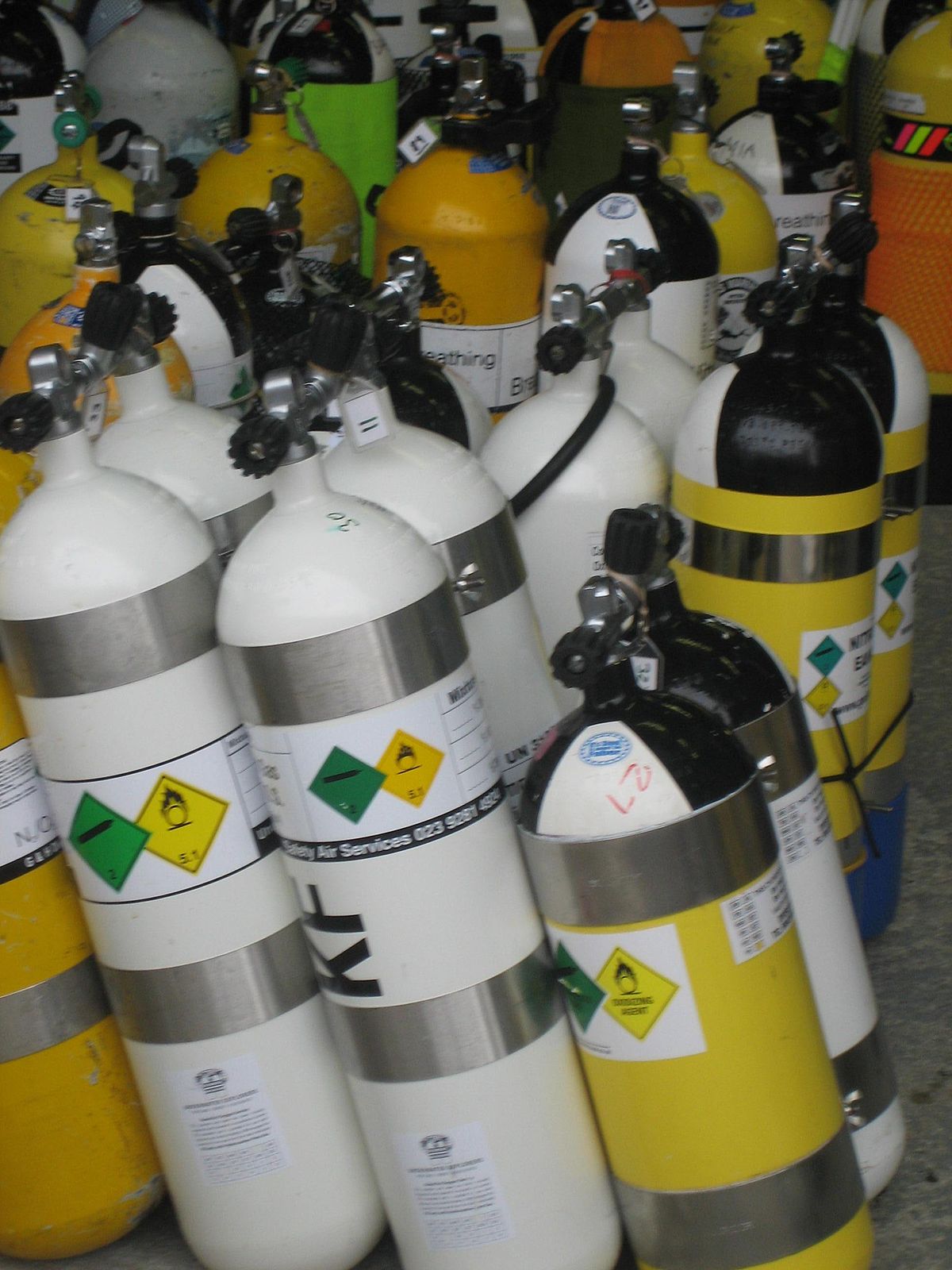I received this reply from a reputable chain of cervice centres:
"The 30 year limit is a policy that many testing centres and dive shops adhere to, after consulting with various cylinder manufacturers, since the removal of the age limit from the official legislation.
We do follow this 30 year recommendation due to various safety concerns, and as such would not be able to test your cylinder.
Based on the information you listed below, I suspect that your cylinder is a ¾ inch BSP cylinder, and it is only rated to 200 BAR.
These cylinders are now quite dangerous, due to the fact that ¾ inch BSP valves have not been available for quite some time and people either using the wrong ¾ NPSM or simply forcing an M25 valve into the cylinder, which have caused fatal accidents in the past.
The second safety issue is that almost all compressors are currently set for 232 BAR cylinders, as this is the industry standard, and this is much higher than the maximum rated pressure on your cylinder. Again, there have been accidents in South Africa that have been directly attributed to this issue.
When you combine these safety concerns with the fact that manufacturers also recommend a maximum lifespan of 20-25 years for steel cylinders, we deem it unwise to ignore the 30 year recommendation."
It would seem that (part of) the South African industry players decided to implement this soft rule, even though the regulations does not prohibit the use of older equipment.
Q: to go with the flow, or do I persist in my attempts to get it certified. I want to protect my rights without cutting corners and putting anyone in danger. As far as I am concerned condition cause danger, NOT age.
Your thoughts welcome.




